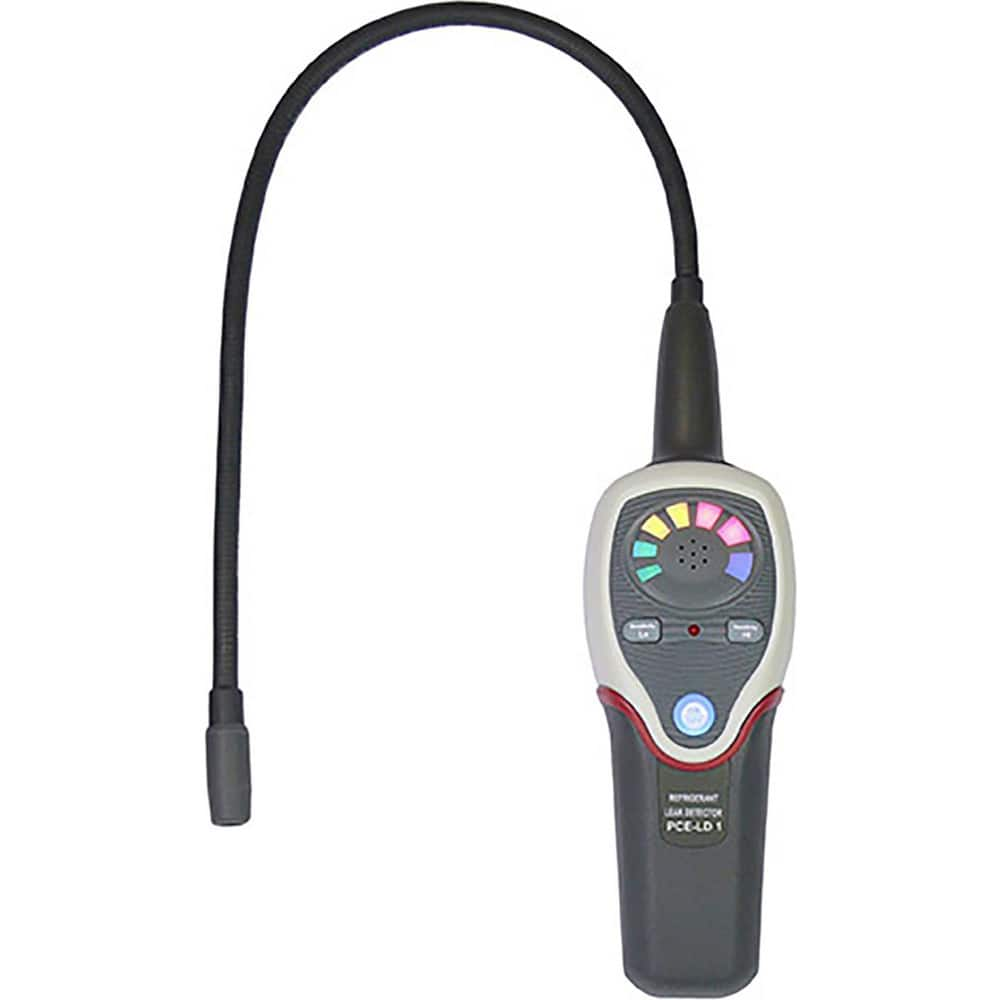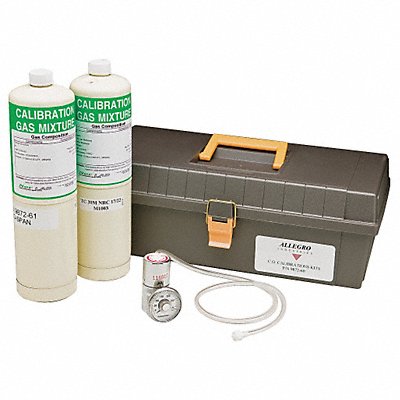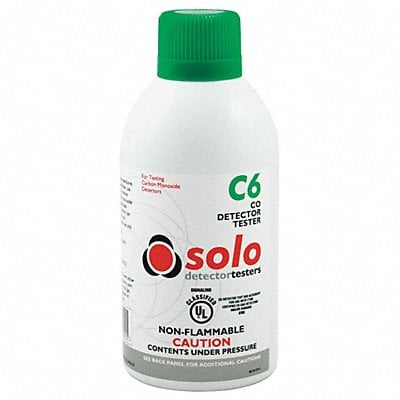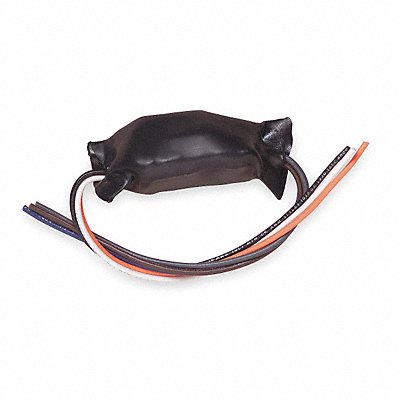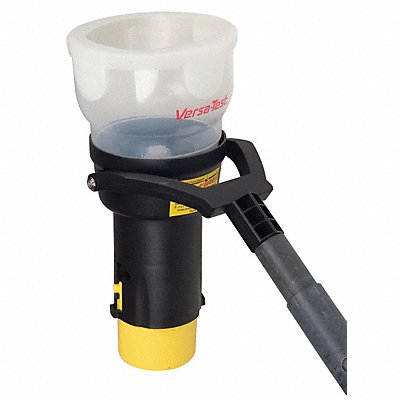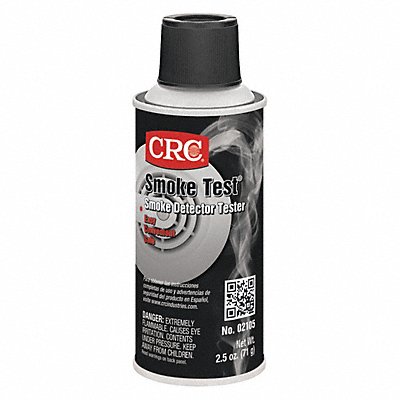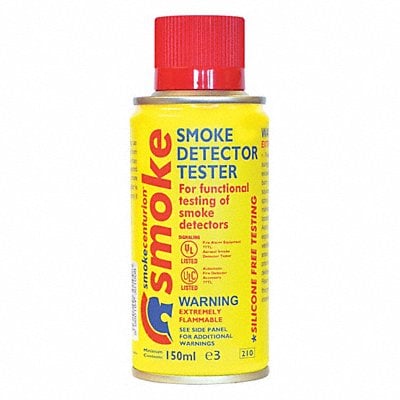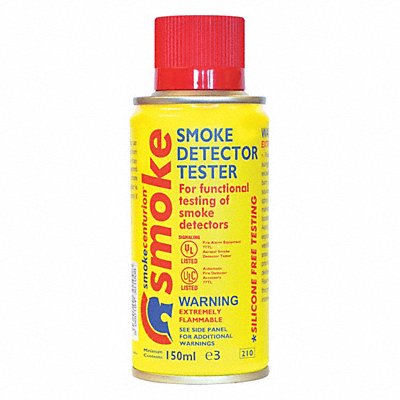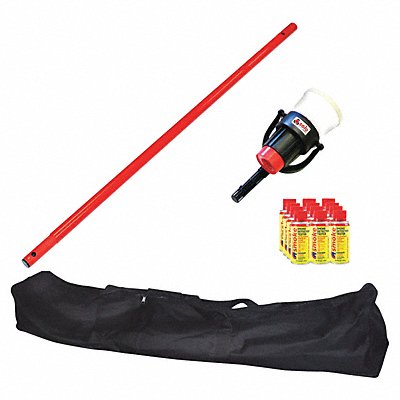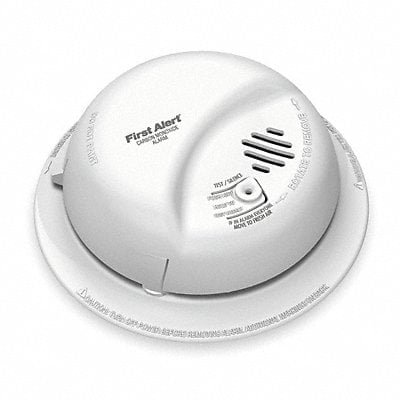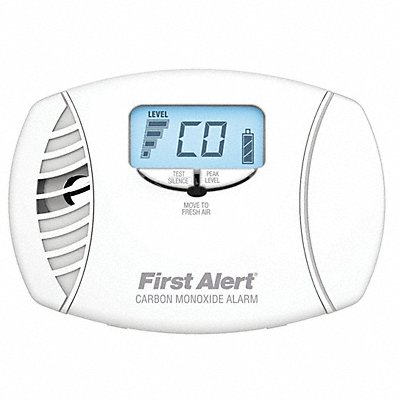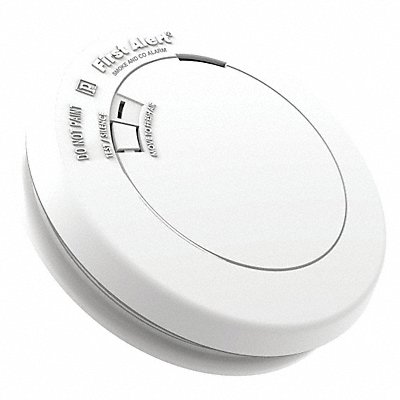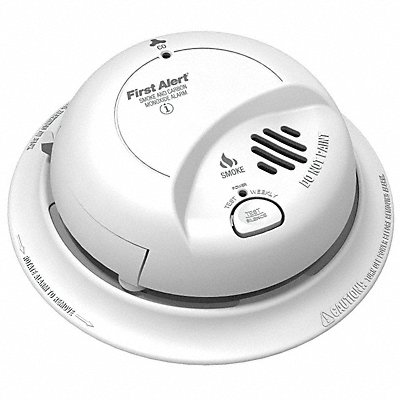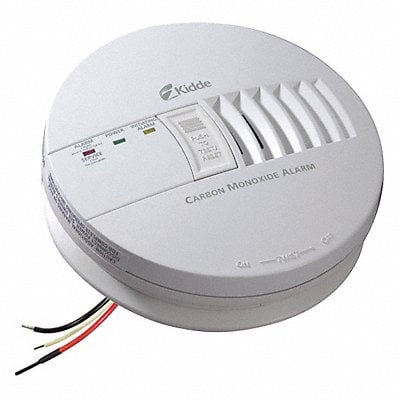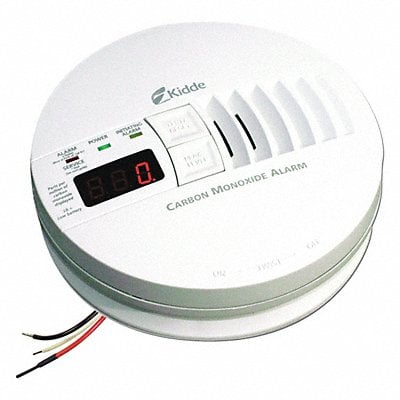Overview
Ensuring the safety of your home or workplace is a top priority, especially when it comes to detecting hazardous gases and smoke. Natural gas, carbon monoxide, and smoke detectors are essential tools that help prevent accidents and save lives. This comprehensive guide will walk you through the types of detectors available, their applications, top reasons to use them, and the most frequently asked questions. Whether you're equipping your home, school, office, or industrial site, this guide will help you make informed decisions.
Table of Contents
1. Natural Gas, Carbon Monoxide & Refrigerant Detectors
Overview
Natural gas, carbon monoxide, and refrigerant detectors are critical devices designed to alert you to the presence of harmful gases. These detectors use sensors to monitor the air and provide immediate warnings if dangerous levels are detected. They are invaluable in both residential and commercial settings, helping to prevent poisoning and other gas-related incidents.
Typical Applications
- Residential homes for detecting leaks from gas appliances.
- Commercial kitchens to monitor natural gas levels.
- Industrial environments with refrigeration systems.
- Vehicles that use natural gas as fuel.
- Schools and public buildings to ensure air quality and safety.
Top Reasons to Use This Product
- Life-saving technology: Detects harmful gases early to prevent poisoning.
- Peace of mind: Continuous monitoring of air quality ensures safety.
- Compliance: Meets safety regulations for homes and businesses.
- Versatility: Can be used in various environments, from homes to industrial sites.
- Easy installation: Most detectors are simple to install and maintain.
Top 10 FAQs and Answers
- How often should I test my gas detector? Test your detector at least once a month to ensure it's working properly.
- Where should I place my detectors? Install them near sleeping areas and gas sources like stoves and furnaces.
- What is the lifespan of a gas detector? Typically, 5-7 years; always check the manufacturer’s recommendations.
- Can these detectors work during a power outage? Many models come with battery backup to ensure operation during outages.
- Do these detectors need calibration? Yes, regular calibration ensures accuracy; refer to the manual for specifics.
- Are there detectors for multiple gases? Yes, multi-gas detectors can monitor several types of gases simultaneously.
- How do I know if my detector is faulty? If it gives frequent false alarms or fails self-tests, it may need replacement.
- Can I use these detectors outdoors? Most are designed for indoor use; check the specifications for outdoor models.
- What maintenance is required? Regular testing, battery changes, and occasional sensor replacements.
- Are gas detectors interconnected? Some models can be interconnected for wider coverage and synchronized alerts.
Product Recommendation
-
Klein ToolsSpecial Price $328.29 Regular Price $441.22
-
Pce InstrumentsSpecial Price $515.49 Regular Price $695.25
-
FlirSpecial Price $27883.99 Regular Price $40582.5
-
FlirSpecial Price $27127.79 Regular Price $39482.01
-
FlirSpecial Price $32556.99 Regular Price $47383.66
-
FlirSpecial Price $36165.49 Regular Price $52635.51
-
Pce InstrumentsSpecial Price $420.99 Regular Price $566.5
2. Supplied Air Carbon Monoxide Monitor Calibration
Overview
Supplied air carbon monoxide monitor calibration ensures that air supply systems used in various industries are safe and compliant. These monitors are essential for environments where air quality could be compromised, providing real-time alerts to prevent exposure to dangerous CO levels.
Typical Applications
- Industrial plants with supplied air systems.
- Laboratories handling hazardous chemicals.
- Confined space work in construction and maintenance.
- Firefighting and emergency response units.
- Automotive workshops with gas emissions.
Top Reasons to Use This Product
- Precision: Regular calibration ensures accurate readings.
- Safety compliance: Meets occupational safety standards.
- Cost-effective: Prevents costly accidents and health issues.
- Reliability: Continuous monitoring for uninterrupted safety.
- Enhanced safety protocols: A critical part of comprehensive safety measures.
Top 10 FAQs and Answers
- How often should calibration be performed? Typically every 6 months, but follow the manufacturer’s recommendations.
- What happens if the monitor is not calibrated? Inaccurate readings could lead to unsafe levels of CO exposure.
- Can I calibrate the monitor myself? Some models allow self-calibration; others may require professional servicing.
- What tools are needed for calibration? Calibration kits are available for specific models.
- How long does calibration take? Usually, it takes about 15-30 minutes.
- Are calibration services available? Yes, many companies offer on-site calibration services.
- What is the cost of calibration? Costs vary; it’s best to check with the service provider.
- Does calibration affect the warranty? Regular calibration is often required to maintain the warranty.
- How do I know if calibration is needed sooner? Frequent alerts or failed tests may indicate the need for calibration.
- Is calibration necessary for new monitors? Yes, always calibrate new equipment before use.
Product Recommendation
3. Carbon Monoxide and Smoke Alarm Accessories
Overview
Carbon monoxide and smoke alarm accessories enhance the functionality and longevity of your safety systems. From replacement batteries to mounting kits, these accessories ensure your alarms are always operational and correctly positioned for maximum effectiveness.
Typical Applications
- Residential homes for alarm upgrades and maintenance.
- Schools and daycare centers to meet safety codes.
- Hospitals and healthcare facilities for enhanced safety.
- Commercial buildings to ensure compliance with safety regulations.
- Hotels and accommodations to protect guests and staff.
Top Reasons to Use This Product
- Extended alarm life: Keep alarms in top working condition.
- Improved safety: Ensure alarms are correctly installed and maintained.
- Cost savings: Prevents the need for premature alarm replacements.
- Customizability: Options to upgrade alarm features.
- Ease of use: Simplifies installation and maintenance.
Top 10 FAQs and Answers
- How often should I replace alarm batteries? Replace batteries at least once a year, or as recommended.
- What accessories are available for smoke alarms? Mounting brackets, batteries, covers, and remote testers.
- Can I use third-party accessories? Always use manufacturer-approved accessories for compatibility.
- Are there smart accessories available? Yes, some accessories allow integration with smart home systems.
- What’s the best way to clean my alarm? Use a soft brush or vacuum to remove dust; avoid water.
- Can I relocate my smoke alarm? Yes, with appropriate mounting kits and guidance.
- Do accessories come with warranties? Check the specific product details for warranty information.
- How do I silence a false alarm? Use a remote tester or follow the alarm’s instructions for temporary silencing.
- What if my accessory doesn’t fit? Ensure compatibility by checking model numbers and specifications.
- Are accessories easy to install? Most accessories are designed for user-friendly installation.
Product Recommendation
4. Carbon Monoxide and Smoke Detectors
Overview
Carbon monoxide and smoke detectors are crucial for early detection of fire and gas hazards. These devices are equipped with sensors to alert you of smoke or dangerous levels of carbon monoxide, providing vital time to evacuate and call for help.
Typical Applications
- Homes and apartments to protect families from fire and CO exposure.
- Offices and workplaces for employee safety.
- Schools and universities to ensure student and staff safety.
- Hotels and hospitality venues to safeguard guests.
- Industrial sites for monitoring hazardous gases.
Top Reasons to Use This Product
- Life-saving alerts: Early warnings for smoke and CO hazards.
- Regulatory compliance: Meets safety standards and legal requirements.
- 24/7 monitoring: Continuous protection even when you’re asleep or away.
- Peace of mind: Know your space is monitored for safety risks.
- Advanced features: Modern detectors come with smart technology, battery backups, and interconnectivity options.





